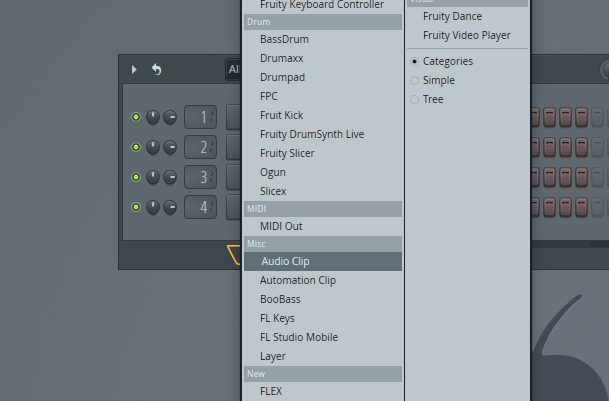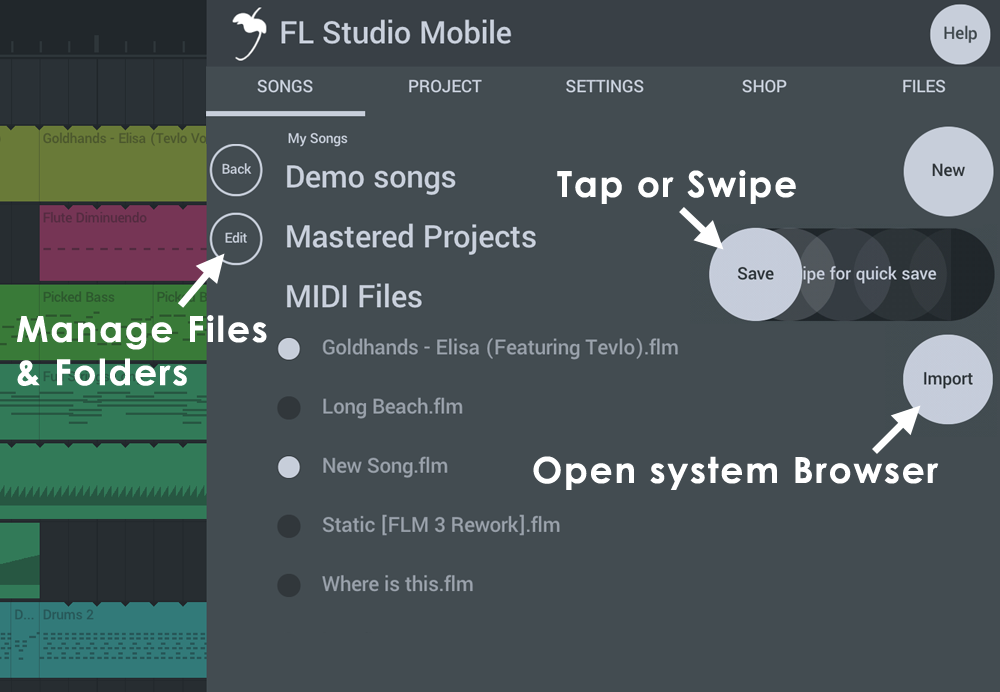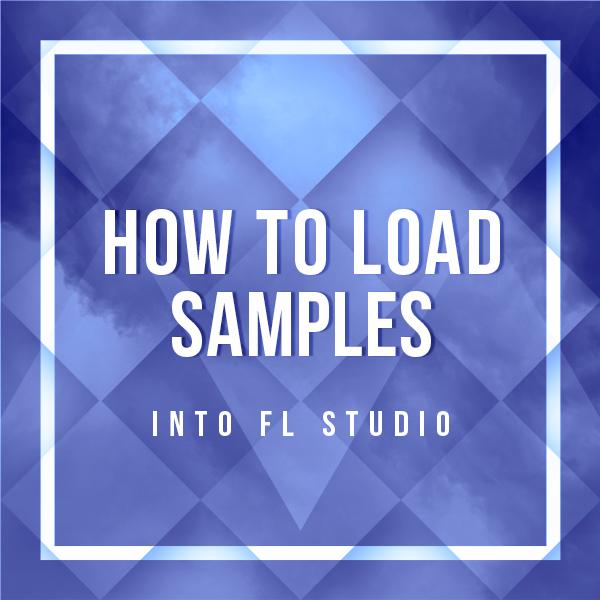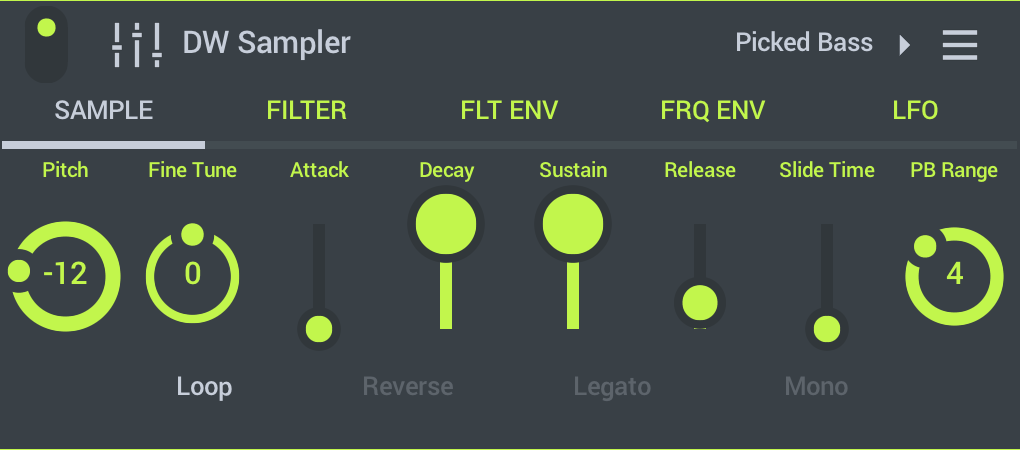

These pioneers made stripped-down instrumental mixes of reggae tunes, which started out simple but became more complex over time through the addition of effects like reverb and delay. This was still very early days, and it wasn’t until the late 1960’s that it happened on a mainstream level.Įngineers would mix, rearrange, and rebuild tracks to suit different audiences.

It was the first time recorded audio was used as source material rather than a new recording. Once the tape machine was invented, artists chopped up parts of the tape by ‘splicing’ different parts to create a new composition. History of SamplingĪs we mention in our Ultimate Guide to Remixing, the earliest form of sampling was something obscurely-named musique concrète, which as you can probably imagine translates from French to ‘concrete music’. If you haven’t watched this great TED talk from Mark Ronson on how sampling has impacted music, you’re missing out. It’s been around for a long time, and only now is the art form being understood by the general public as it should be. It’s using something old in a completely new way – like you’re finishing a painting started many years ago.


Those textures and tones would require unnecessary amounts of effort to create the same result, only to use it in a different context anyway. Why? It yields interesting and unique results that you can’t get with synthesis alone.īeautiful layers of instruments, weaving in and out of each other, recorded in exact ways. While synthesis is a massive part of producing music (true in genres like trap, dubstep and future bass), sampling is an equally important skill within the broader art form of music production. That was the case for me, loading up FL Studio and trying to process bad kick drums into good ones for the sake of ‘skill’. Many producers, especially those getting into EDM, start off their production journey thinking all sounds have to be created from ‘scratch’. Eric Prydz’ classic ‘Call On Me’ is primarily based off a short 2 bar sample from Steve Windood’s ‘Valerie’.ĭespite a lot of debate within the larger musical community as to whether sampling is a legitimate art-form, most people today would consider it a unique form of creative expression, with a large number of the top 40 pop and hip-hop tracks paying homage to the past through the use of a sample or two.


 0 kommentar(er)
0 kommentar(er)
